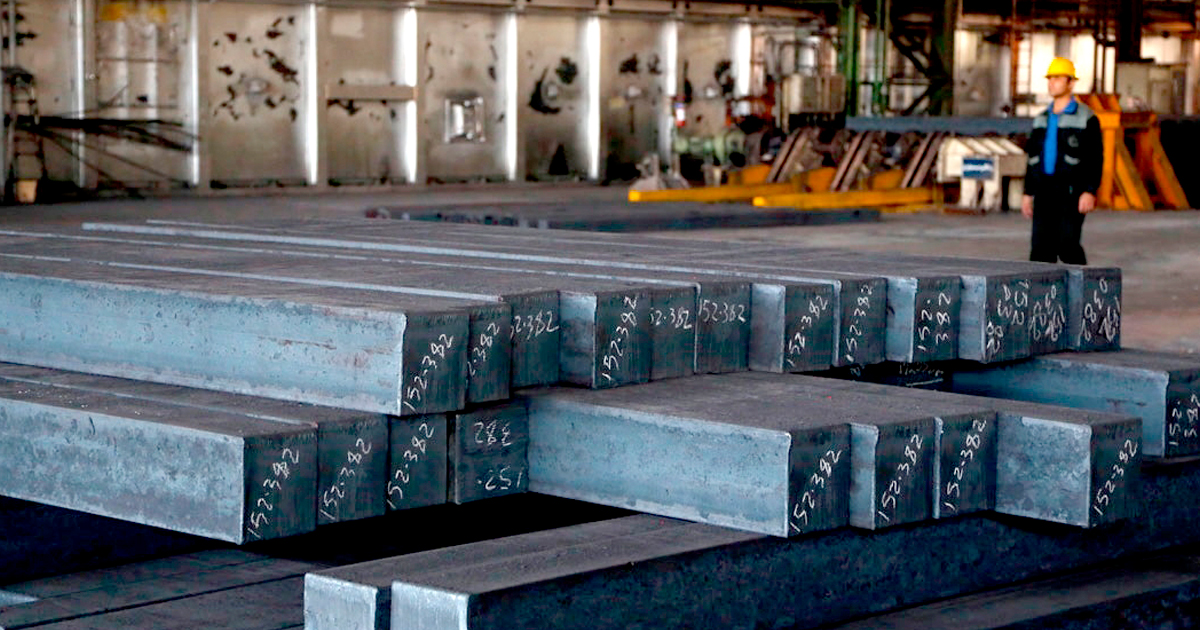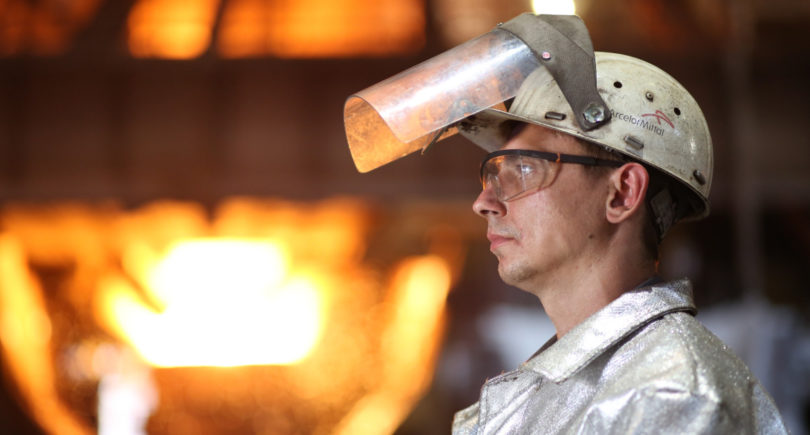
The share of Russia in the total consumption of steel within the post-Soviet space reaches 75%
Apparent steel consumption in Russia showed one of the best dynamics in the world in 2019. Demand for steel grew by 7.9% to 45.3 million tons. Russia’s share in terms of this indicator amounts to 74% within the post-Soviet space, according to CIS Steel Market Outlook 2015–2019 prepared by GMK Center analysts.
The growth rate of key consuming industries in 2019 did not however correspond to such a high growth rate of the steel market. Local market operators claimed that the level of apparent consumption does not reflect the real situation in the market. According to them, a considerable part of production remained in warehouses, which is not reflected in apparent consumption, the market increased reserves in expectation of consumption growth in 2020.
$170 billion of government investments are anticipated to come in infrastructure projects by 2025. Their implementation would reportedly require additional 40 million tons of steel, i.e. an average of +20% annually. However, the COVID-19 epidemic may adversely affect the implementation of infrastructure construction plans in 2020.
“Consumption of products for the oil and gas sector may also drop as a result of falling oil and gas prices and restrictions imposed by OPEC+. According to forecasts of the World Steel Association, steel consumption in Russia will decline by 10% in 2020 and will not fully recover even in 2021 notwithstanding a 6.5% increase,” says Andrii Tarasenko, GMK Center Chief Analyst.
Steel consumption per capita in Russia in 2019 was 308 kg per annum. The country takes a lead in terms of this indicator in the post-Soviet space. It is followed by Belarus (217 kg), Georgia and Kazakhstan (175 kg each).
In general, the CIS market showed good dynamics in 2015–2019. Specifically, a 6% increase to 60.8 million tons was recorded in the CIS market in 2019. However, according to the World Steel Association, steel consumption in the CIS is expected to fall by 10.3% in 2020.




